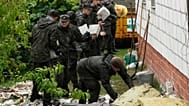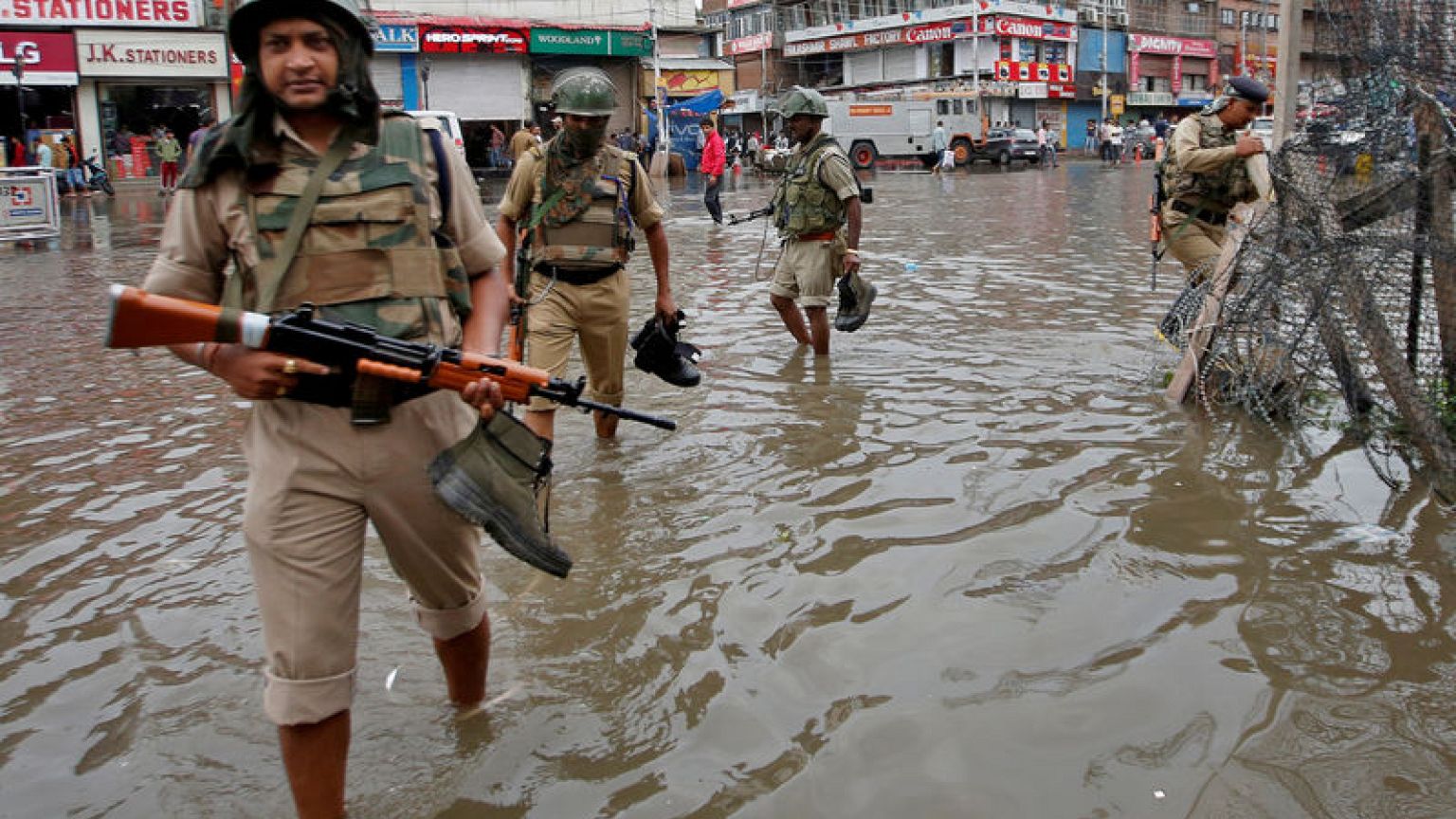By Zeba Siddiqui
NEW DELHI (Reuters) - To quell protests and militant attacks in India-controlled Kashmir after abrogating the region’s rights to set its own laws, the government in New Delhi doesn’t rely so much on its million-strong army or the police.
Rather, it is a paramilitary police force that is often on the front lines, whether facing stone-throwing youngsters or seasoned gunmen from militant groups.
That puts the force, known as the Central Reserve Police Force (CRPF), in an invidious position as it mans the concertina-wire barricades in the main city of Srinagar and elsewhere in Muslim-majority Kashmir.
Clad in camouflage uniforms, the force is under the command of the Ministry of Home Affairs.
Human-rights campaigners accuse it of heavy-handed policing with its anti-riot pellet guns, chilli grenades, which weaponise choking and burning chilli powder, and raids.
It was men from this force who were the target of a Feb. 14 suicide bomber who drove into an armed forces convoy in Kashmir and killed 40 of its members.
That attack brought India and neighbouring Pakistan, which both claim Kashmir in full but rule it in part, to the brink of war. The nuclear-armed rivals have fought three wars since 1947, two of them over Kashmir.
Critics say CRPF is often overstretched and that because training, pay and benefits do not match levels in the army, morale can suffer.
Living conditions are poorer than those found in the army, said former officers. [nL3N20A3OJ]
After the February bomb attack, many retired CRPF personnel protested in New Delhi to demand better pay and benefits.
A parliamentary committee investigated the force's working conditions and said in a December report that authorities were "over-dependent" on it.
The continuous deployment of CRPF companies that are supposed to be in training "affects the operational efficiency of the CRPF, as well as denies them training and rest", the committee said.
TAKING THE LEAD
The force's origins can be traced back to the Crown Representative Police, which was established under British rule in 1939.
It evolved into the CRPF with the enactment of an act in 1949, two years after India’s independence, and was gradually expanded as it went on to tackle secessionist movements on India’s borders.
According to the latest available data, it had 319,501 personnel in Dec. 2017 and the government was planning to add more.
Traditionally, the force has been deployed to assist the police.
But in recent years there has been a “role reversal” with the CRPF often taking the lead, said P.M. Nair, a defence analyst who served in the force for nearly eight years, two of them in Jammu and Kashmir.
“The malleability and the resistance of the force is very high,” said Nair.
In Srinagar, it is clear from conversations Reuters reporters have had with police and CRPF officers that it is the latter who are running day-to-day operations at the barricades and are in the vanguard of raids into neighbourhoods.
That can create resentment within the Jammu and Kashmir Police, some of whose officers have said they are being treated with contempt by CRPF personnel.
The CRPF's use of pellet guns to disperse stone-throwers has led to criticism from rights activists.
A cartridge can contain hundreds of pellets and they have caused thousands of injuries in Kashmir in recent years, including hundreds of people blinded.
The government has defended the use of what it refers to as non-lethal weapons.
(Reporting by Zeba Siddiqui in NEW DELHI; Editing by Martin Howell, Robert Birsel)














